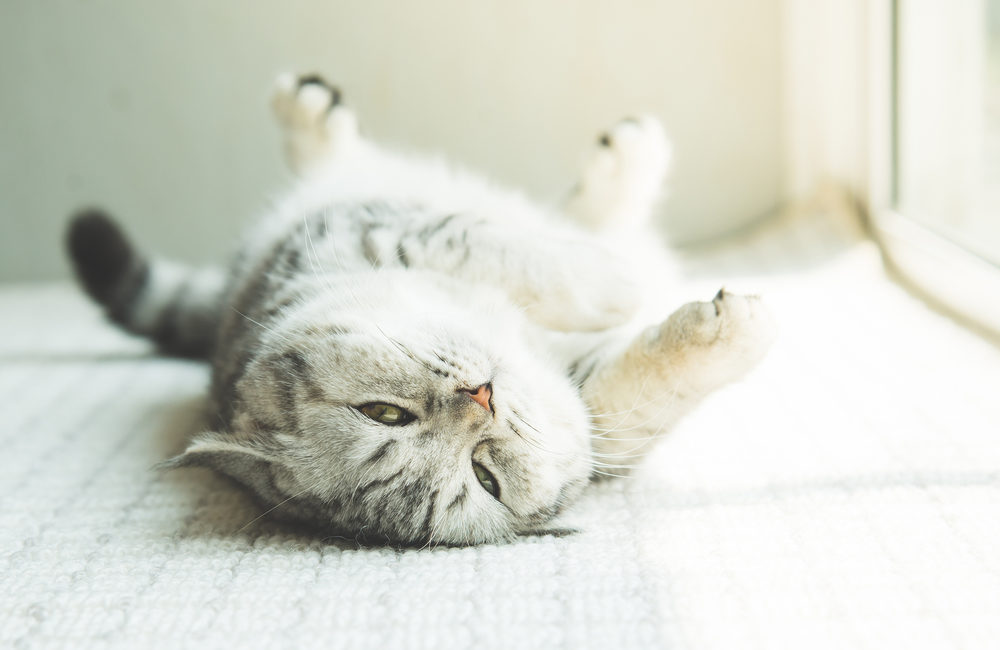“I think my dog had a stroke!” is something I have heard many times in my time as a technician. Owners come home and find their dog, or sometimes a cat, circling around the room, with a head tilt, eyes darting back and forth, drooling and sometimes stumbling. Naturally, the first explanation that comes to mind is a stroke. Their pet was perfectly fine that morning when they left for work but when they came home, something had changed. It’s scary to come home and find your pet acting this way but the best thing you can do is remain calm and call your veterinary team.
Strokes in pets are not as common as they are in people. Why? Because people who are more at risk for having a stroke typically have a history of smoking, diabetes, high blood cholesterol levels, alcohol use, and history of heart attack. These are all things that don’t usually occur with our pets, making the likelihood of a stroke slim. However, strokes can still occur. In dogs underlying conditions like Cushing’s disease or chronic kidney disease can cause a stroke, also referred to as a vascular accident. In cats, vascular accidents can be caused by hyperthyroidism, chronic kidney disease, or hypertrophic cardiomyopathy. But strokes are still not commonly seen.
So if it wasn’t a stroke that is causing my pet to act strangely then what could it be? The more likely culprit is vestibular disease. Vestibular disease can occur suddenly and without warning. Sometimes it can be caused by an ear infection, brain lesion, or it can occur with no reason at all (known as idiopathic). Idiopathic vestibular disease can also be called canine geriatric vestibular disease or feline idiopathic vestibular disease. This is the most common type of vestibular disease. Pets that are affected by the vestibular disease may have a hard time walking and might stumble and stagger. Their eyes will commonly dart back and forth (known as nystagmus), the pet may circle in one direction, or even fall over. If you see these things happening, call your vet and make an appointment.
Your vet will perform a full physical examination of your pet so they can assess what is going on. Once a diagnosis is made, depending on the severity of the symptoms, your vet may prescribe some medications to help with the side effects of the vestibular disease. It is important to know that there is no cure for the vestibular disease, however, that is no need to panic. After some time, the symptoms will often lessen and the pet will return to their normal behaviour. In some cases, the head tilt will remain but the pet will still be able to do all of their normal activities. One of my foster kittens was adopted by my aunt a few years back and he was diagnosed with the idiopathic vestibular disease as a young age. He has since returned to normal but occasionally his head tilt will return. It never stops him from getting into trouble with his brother though!
So if you find yourself in this situation where your pet is acting strange and you’re concerned, keep calm and call your vet, we’re here to help!
Written by: Kelsey Hewgill, RVT




